Want to make a game character? Creating a video game character is an art that needs creativity, technical skills, and an understanding of what people like.
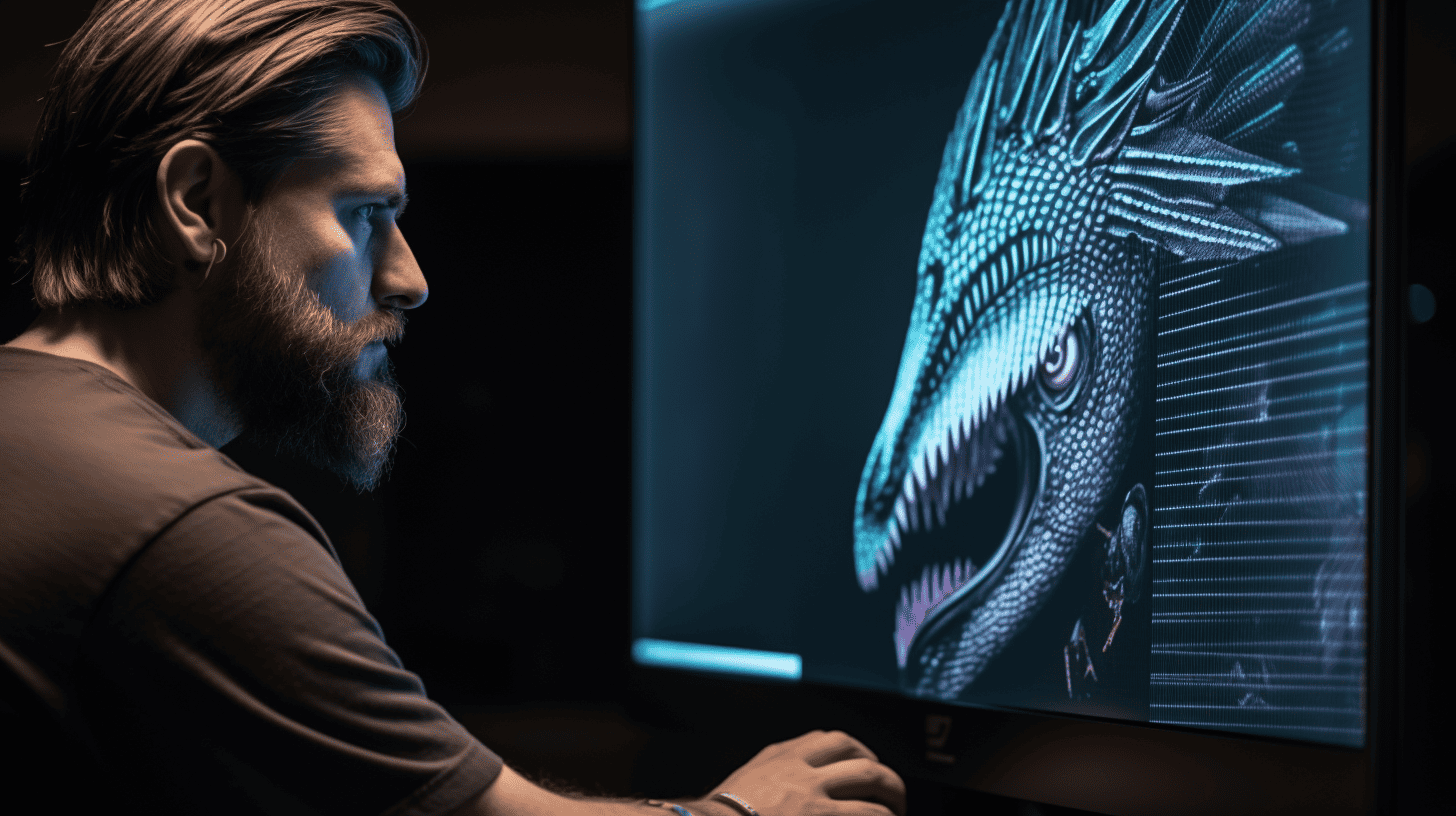
First, you need to know what the character will do in the game’s story. Think about:
- Purpose: What is the character’s function in the game? Are they a protagonist, antagonist, or supporting character?
- Personality: What makes the character special? Are they brave, clever, or maybe mysterious?
- Backstory: What has happened to the character before? Knowing their past can make them more interesting.
Sometimes, it’s better to use outsourcing services for creating the game character of your dream.
https://retrostylegames.com/outsourcing/3d-characters
- RELATED – How to Choose an Outsourcing Mobile Games Development Company
- These 5 Board Games Bust the Myth that Games Are Harmful for Players
Importance of Characters in Games
Good games require good characters. Characters like Super Mario, Tomb Raider, and Sonic the Hedgehog have become iconic and continue to captivate players around the world. Characters can become more recognizable than popular athletes and musicians and appear in movies.
Why Characters Matter:
- Fun Experience: Great characters make a game more fun and make people want to play again.
- Connection: Players often feel a connection to game characters, which makes the game more successful.
- Inspiration: Characters like Link from The Legend Of Zelda can inspire players and leave a strong impression.
How to Make a Game Character
The design phase is where you can be creative. Here’s how to do it:
Sketching Ideas – Sketching is the foundational stage of character design, where ideas are born and explored. It’s a process that allows designers to experiment with different appearances, styles, and concepts.
Before you put pencil to paper, gather inspiration from various sources:
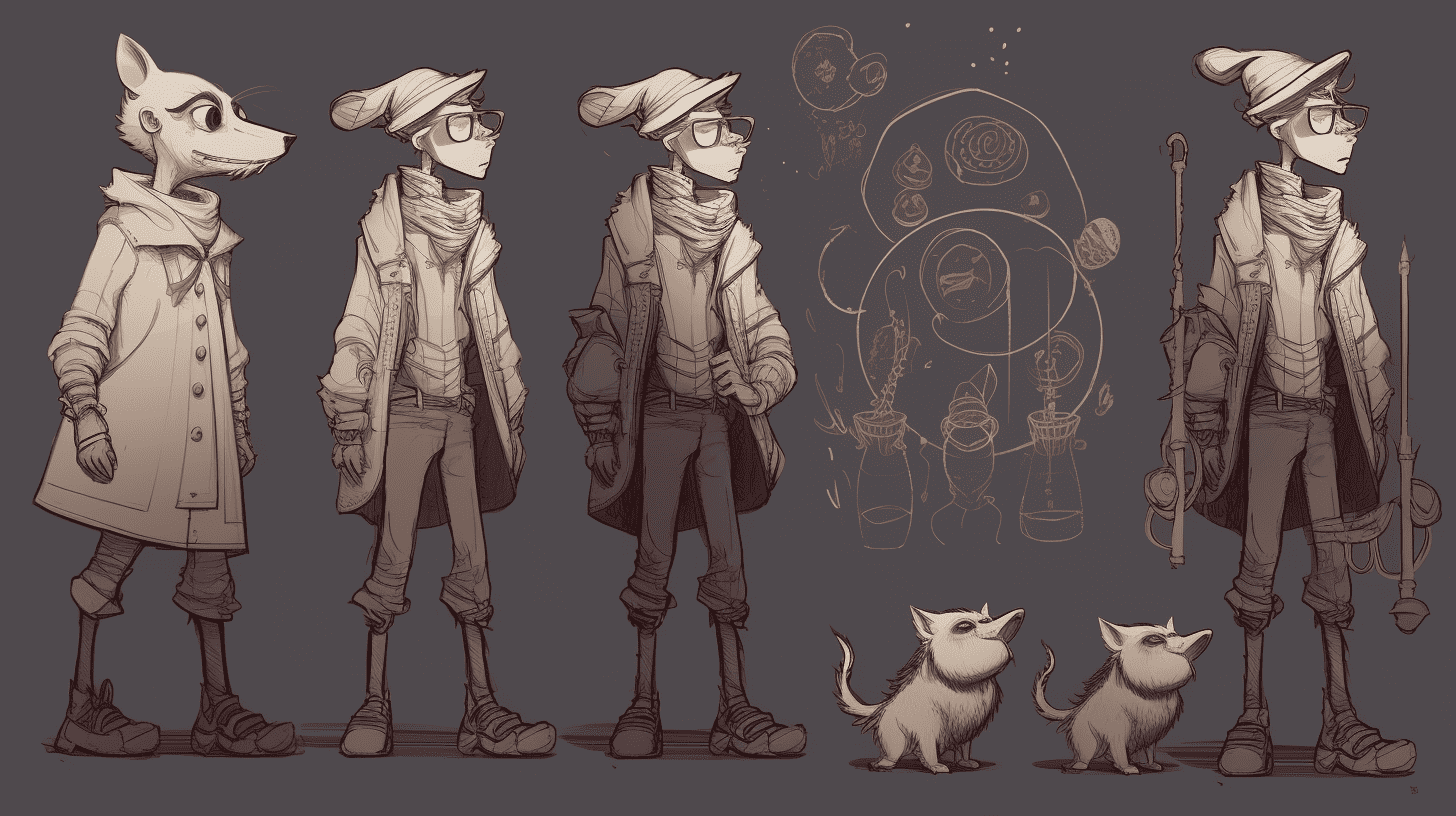
- Games and Media: Look at characters from other games, movies, or comics that resonate with you.
- Nature and Real Life: Observe people, animals, and objects around you. Real-life observations can add authenticity to your design.
- Art and Culture: Explore different art styles and cultural influences that might align with your game’s theme.
Start with Basic Shapes – Begin your sketching process by using basic shapes to define the character’s structure:
- Head: A circle or oval can represent the head.
- Body: Use rectangles or ovals for the torso and limbs.
- Details: Add triangles or other geometric shapes for features like ears, noses, or weapons.
For Example: If you are creating the look of a strong warrior, start with wide rectangles for the chest and arms and a square jaw.
Look at the warrior character sheet from RetroStyle Games:
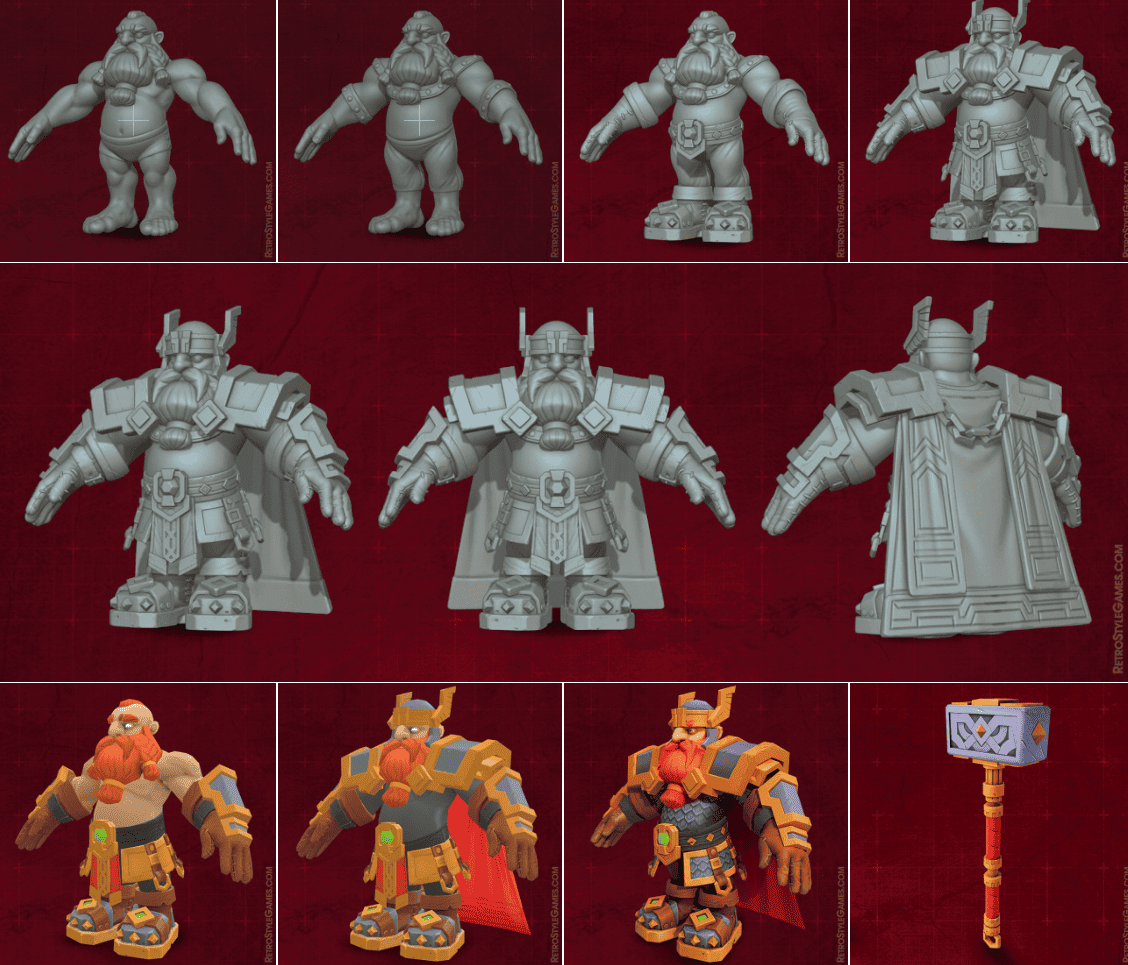
Add Details and Features – Once you have a basic structure, start adding details:
- Facial Features: Sketch eyes, nose, mouth, and expressions that align with the character’s personality.
- Clothing and Accessories: Add clothing, armor, or accessories that fit the character’s role.
- Textures and Patterns: Experiment with different textures like fur, scales, or fabric.
Example: For a mystical wizard character, you might add a flowing beard, a staff adorned with crystals, and intricate robe patterns.
Or you could also add to the wizard a book and a magic spell that he is willing to use:
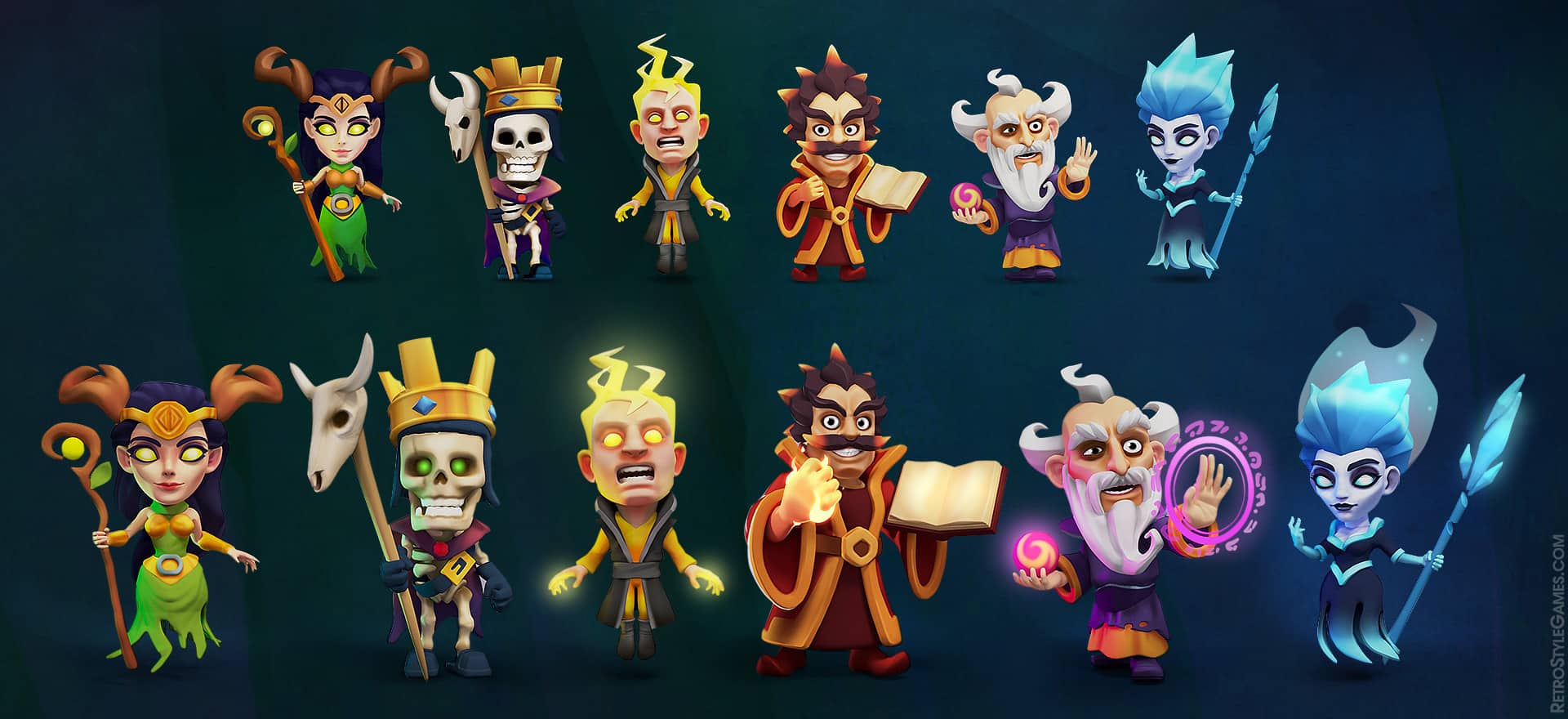
Don’t be afraid to try various artistic styles:
- Cartoonish vs. Realistic: Experiment with exaggerated features for a cartoonish look or subtle details for a more realistic appearance.
- Color and Tone: Play with different color schemes and tones to convey the character’s mood or alignment (e.g., dark colors for a villain).
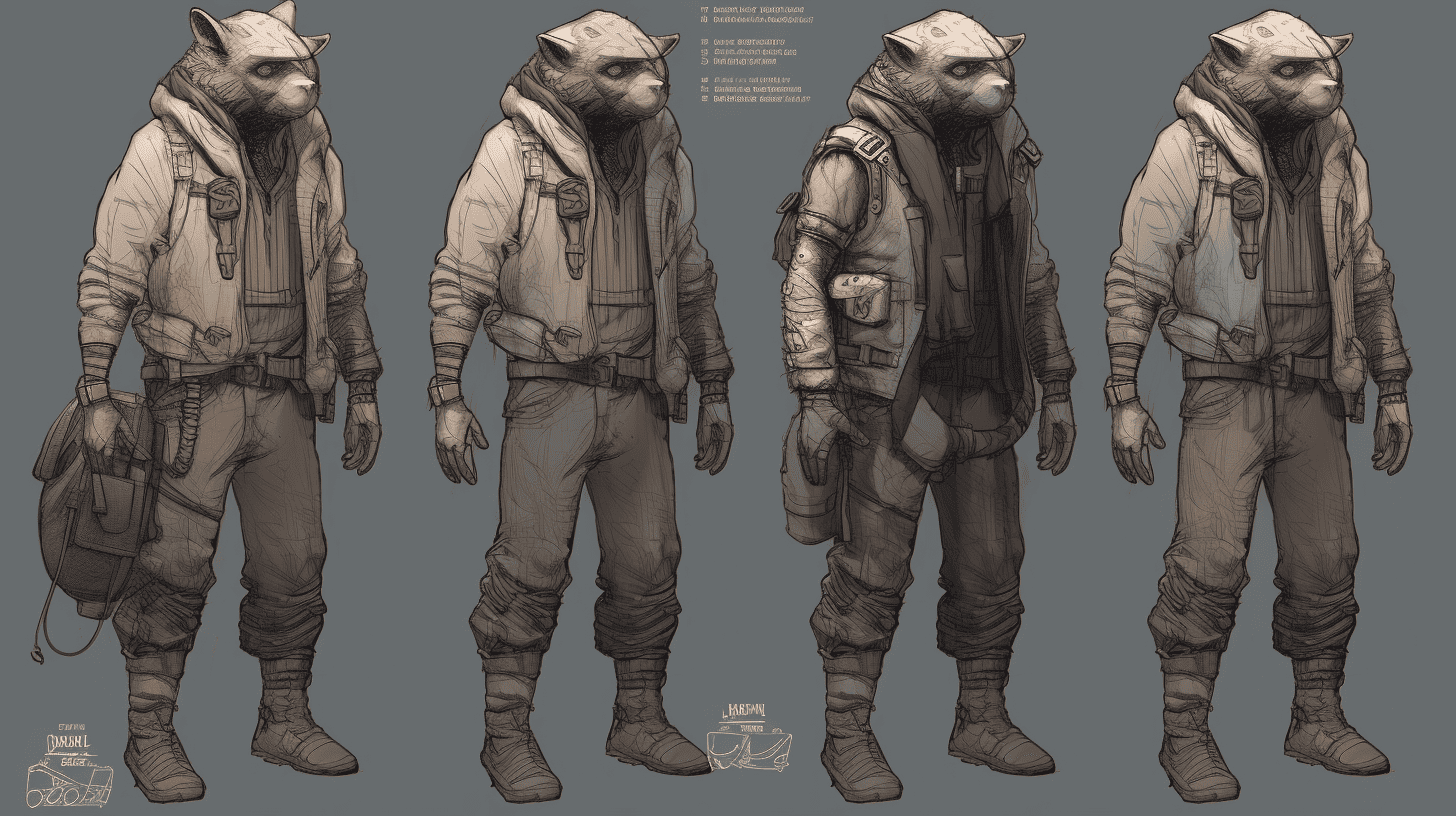
Technical Challenges and Solutions
Designing a character for a game involves overcoming various technical challenges:
- Movement: Consider how the character will move within the game. This includes walking, running, jumping, and other activities.
- Expression: Think about how the character will express emotions and reactions. This can be achieved through facial expressions, body language, and voice acting.
Be mindful of the game’s platform and technical constraints.
Designing a game character is not just about creativity and aesthetics; it also involves understanding and working within the technical constraints of the game’s platform.
These limitations can affect the level of detail, complexity, and functionality of the character. Here’s a practical guide to help you navigate these challenges.
Different gaming platforms have varying capabilities and limitations:
- Console vs. Mobile: Consoles generally allow for higher detail and complexity, while mobile platforms may require more optimization due to limited processing power.
- VR vs. Traditional Gaming: Virtual Reality (VR) may have specific requirements for motion and interaction that differ from traditional gaming platforms.
Example: If you’re designing for a mobile game, you might need to reduce the polygon count and texture size to ensure smooth performance.
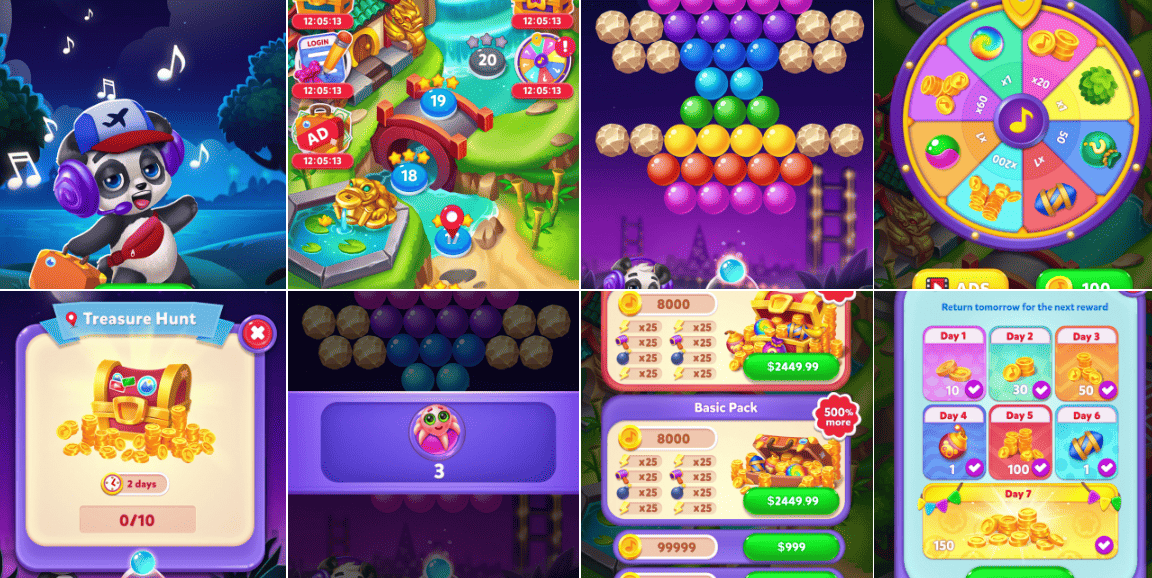
The right balance between visual detail and performance is very important:
- Number of polygons: More polygons mean more detail, but can reduce performance. Find the best option that maintains image quality without affecting gameplay.
- Texture resolution: High-resolution textures look great, but can be memory intensive. Consider using lower resolutions if fine detail is not essential.
Example: For a background character that players won’t interact with closely, you can reduce both the number of polygons and the texture resolution.
Finalizing the Design
Once you’ve addressed the technical aspects, it’s time to finalize the design:
- Refining Details: Add finishing touches to the character’s appearance, such as textures, colors, and accessories.
- Testing: Test the character within the game to ensure that everything works as intended.
- Feedback: Consider seeking feedback from other designers or players to make necessary adjustments.
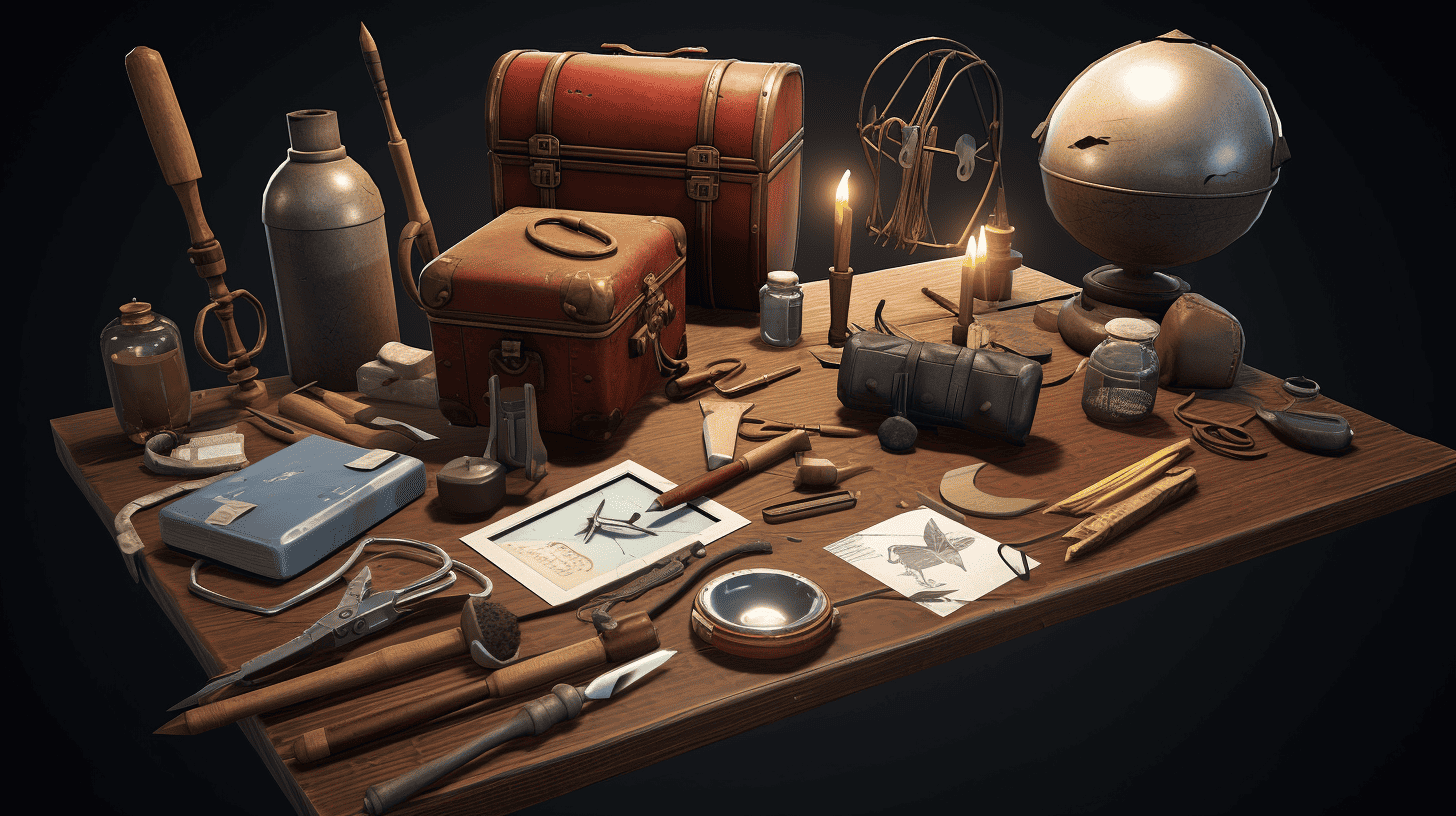
Conclusion
Creating a game character is a complex but rewarding process. By understanding the character’s role, conceptualizing the design, addressing technical challenges, and focusing on movement and expression, you can create a compelling and memorable character.
Remember, a well-designed character is not just visually appealing but also resonates with the players, adding depth and richness to the gaming experience.
I hope this tutorial helped you to know about How to Make a Game Character. If you want to say anything, let us know through the comment sections. If you like this article, please share it and follow WhatVwant on Facebook, Twitter, and YouTube for more Technical tips.
- RELATED – Best 5 Top paid games for PC
- Overwatch 2 is unmistakably an FPS Title where Events Unfolds in Different Fashions
How to Make a Game Character – FAQs
What makes a video game character?
The basics of a good character are to convey emotion and empathy. The entire team of character artists, game designers, and writers give their best to achieve this.
Who creates game characters?
Game designers and writers usually come up with the character’s story and motivations. The character concept artist creates the initial sketches for the characters and enemies within the game, then produces the digital art.
Is coding hard?
Coding is easy to learn if you choose an introductory programming language. If you try to start off with a more complex coding language, it can be hard to learn to code.
Can I make a game alone?
Yes, it’s totally possible to make a game solo. and it doesn’t have to suck like it did for me.
Is making games a real job?
Video game developers help transform games from a concept to a playable reality. They do this by coding visual elements, programming features, and testing iterations until a game is ready for market.
